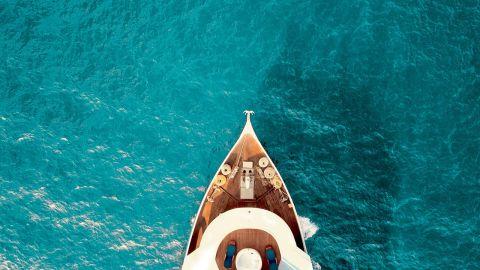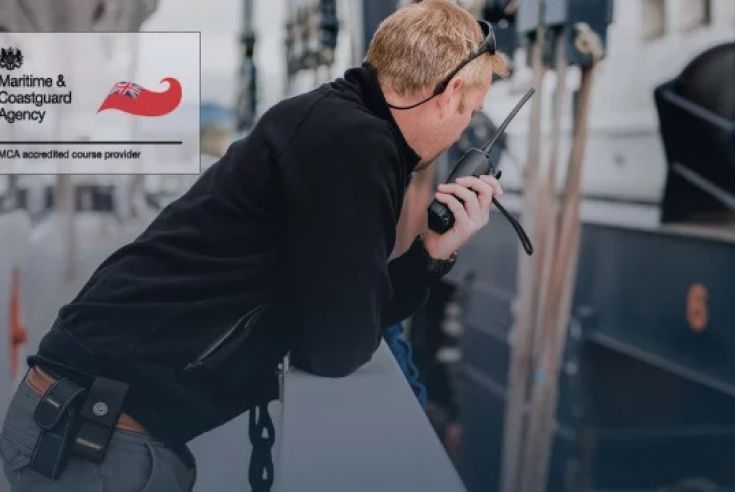285 GBP (£)
EnquireSchool Oystercoast WaterSports
Location Littlehampton, UK
Duration 40 hour(s)
Dates Contact for more info
Accommodation None Included
RYA Day skipper course Online brought to you with a RYA training centre specialising in online courses, Price £285 with no hidden extras your dividers, Portland type plotter, assessment and certification are included.
This Rya Day skipper course can be completed on a windows or Mac machine, it takes approx 40 hours, and you will have 6 months to do the course, extra time cane be purchased at £30 if needed, (If the course has not been accessed for a period of 3 years they will be permanently deactivated ) If you are close to our base at Whitstable Kent you can even drop in to our classroom and get some help. The computer based course is very good but we all get stuck some times. You don’t have to have had any prior qualifications, it certainly helps if you have done a little sailing but it is not essential.
The Day skipper includes the RYA pack containing practice charts, the RYA Chart Plotter Simulator, the RYA Day Skipper course notes, the RYA practice Almanac, the RYA Day Skipper question paper . Moreover, we include a free Bretton type plotter and a pair of brass dividers so all you need to add is a pencil and rubber.
Free postage to anywhere in Europe and personal help throughout your course from our fully qualified instructor.
Your course will not expire until you pass you will never need to buy the course again. Your access last 6 months after which there is a £30 option to renew as many times as you like until you pass. You can also put your course on hold if you go through a patch where you are unable to continue.
Seamanship:- includes parts of the boat, types of warp, knots, chain, anchoring, tying up, preparation for sea and port or starboard tack.
Introduction to chart work:– chart Familiarization, points of the compass, latitude and longitude, position of an object, using a Portland type plotter, finding position on a chart.
Tidal heights and streams:– what causes tides, terminology, tidal height calculations, using tide tables, using the tidal curve, introduction to secondary ports, tidal streams using tidal diamonds and the tidal stream atlas.
Position fixing:-, compass variation, compass deviation, position fixing using various methods, dead reckoning and estimated position.
Course to steer:– How to plot a course to steer taking into account tidal flow and leeway, how to maintain an accurate ground track.
GPS:– Abbreviations and terminology, how to use a GPS, raster and vector charts and updating charts.
Buoyage and pilotage:– Available information, identification of buoys and their lights and shapes, using forward and back bearings, using tidal graphs.
Safety:– Safety briefs, mayday and rescue, life jackets, abandon ship, actions in fog and radar reflectors.
Meteorology:– Weather forecasts, weather systems, global effects, local effects, highs and lows and sources of weather information.
Passage planning:– Puts everything together to form a plan for a safe passage taking into account pilotage for entering and leaving marinas and tides, conditions and wind direction for the main passage.
Collision regulations:– General regulations, lights, shapes, sound signals, collision avoidance, stand on and give way.
Passage making:– Making a longer passage taking into account tidal heights, streams, port entry and exit, weather, ports of refuge, waypoints, crew management and supplies.


